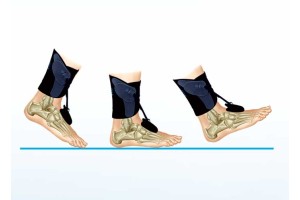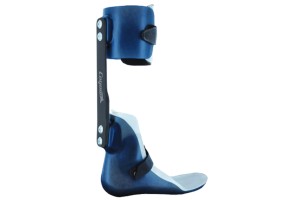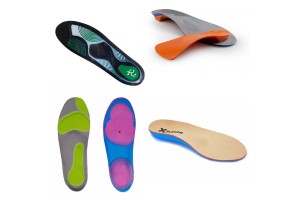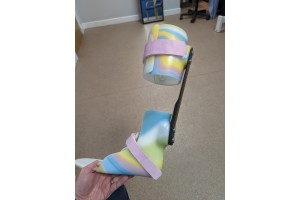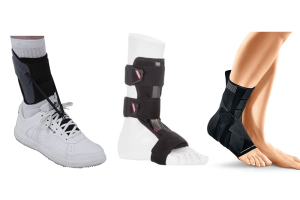Hallux Valgus
Hallux valgus, also known as a bunion, is a condition in which the big toe turns outward and the metatarsal bone in the foot moves inward, resulting in a painful, bony bump on the side of the foot. While surgery is often recommended for severe cases, conservative treatment options can be effective for milder cases.
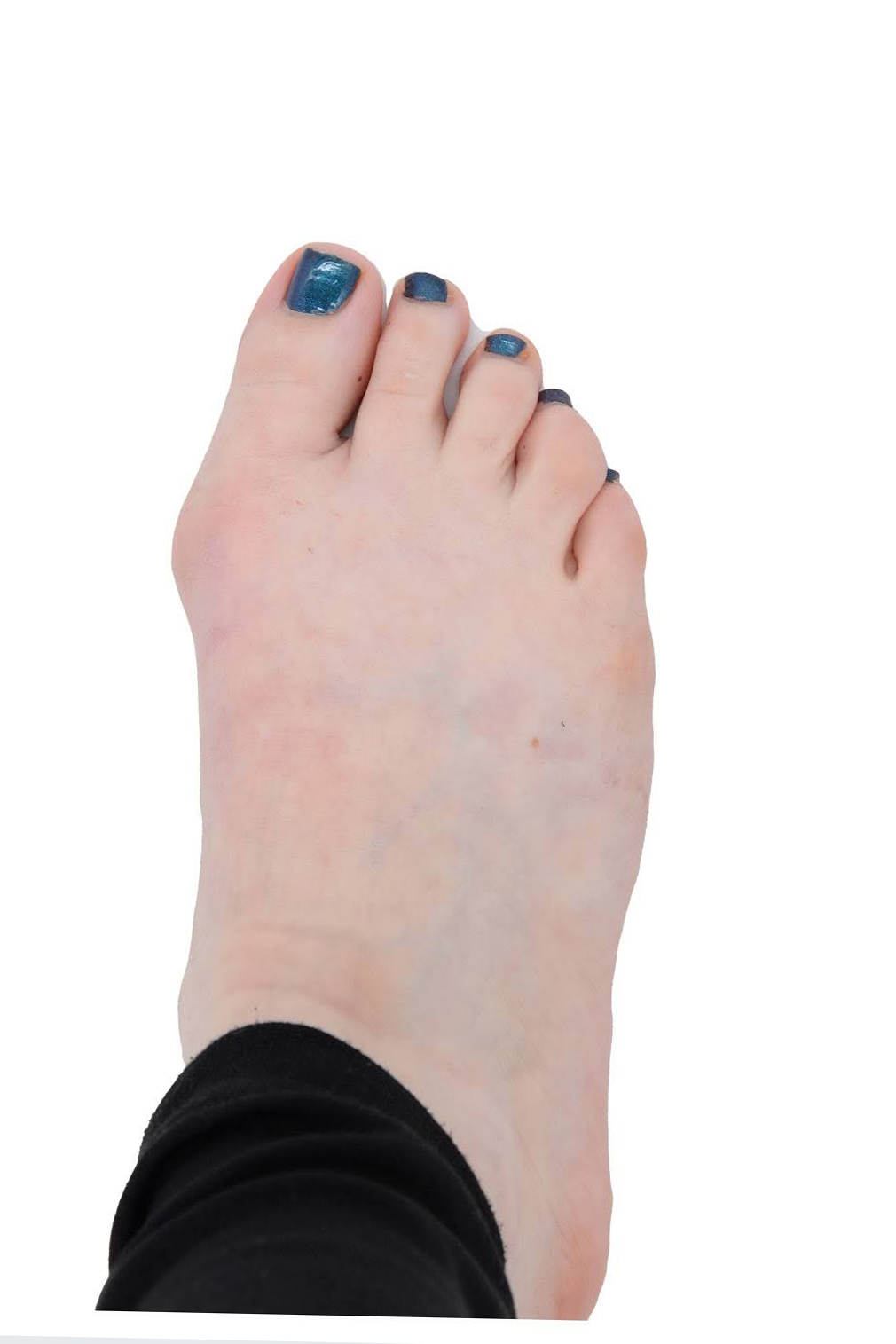
Conservative Treatment Options
Conservative treatment options for hallux valgus typically focus on reducing pain and inflammation, correcting the alignment of the foot, and preventing further progression of the condition. Here are some of the most common conservative treatment options for hallux valgus:
- Footwear modifications: One of the most critical steps in the conservative treatment of hallux valgus is to wear shoes that provide proper support and cushioning. Shoes with a wide toe box can help reduce pressure on the bunion, while shoes with a rigid sole can help stabilise the foot and prevent further misalignment.
- Toe spacers: Toe spacers are small devices that fit between the toes and help to separate them, reducing pressure on the bunion and promoting proper alignment of the foot.
- Toe correcting orthotic devices: Applying a gentle, consistent force to the big toe, which gradually helps to realign the joint and improve its range of motion. Over time, this can help reduce pain and prevent the bunion from worsening. A device such as the ComforSil Bunion Protector (www.buchanan-clinic.co.uk/lower-limb/comforsil_bunion_protector)
- Orthotics: Custom orthotics can be designed to support the foot and correct its alignment, which can help to reduce pain and prevent further progression of the condition.
- Physical therapy: Physical therapy can be helpful in strengthening the muscles in the foot and improving range of motion, which can help to reduce pain and improve function.
- Ice and heat therapy: Applying ice to the affected area can help to reduce pain and inflammation, while applying heat can help to promote circulation and reduce stiffness.
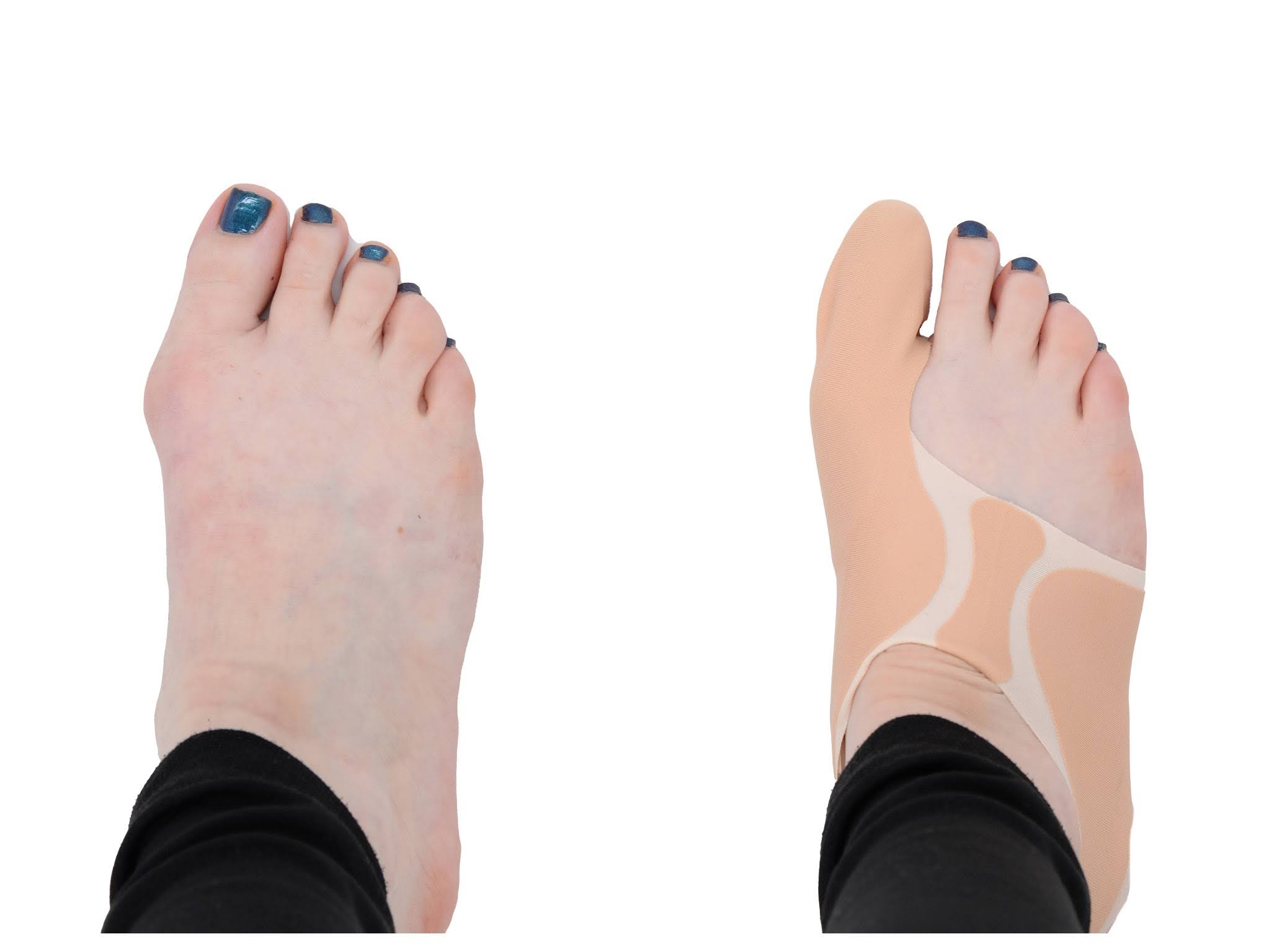
Book an Assessment
Toe Correcting Orthotic Devices
Several types of toe correcting orthotic devices are available, including those made of silicone, foam, or rigid plastic. The best type of device for you will depend on the severity of your condition, your foot anatomy, and your personal preferences.
When using a toe-correcting orthotic device, following the instructions provided by your healthcare provider or the device manufacturer is essential. You will need to insert the device between your big toe and second toe, and adjust the straps or fasteners to ensure a snug, comfortable fit.
You may experience some discomfort or mild soreness when first using a toe-correcting orthotic device, but this should improve over time as your foot adjusts to the new position. It's important to be patient and consistent with using the device, as it can take several weeks or even months to see significant improvement.
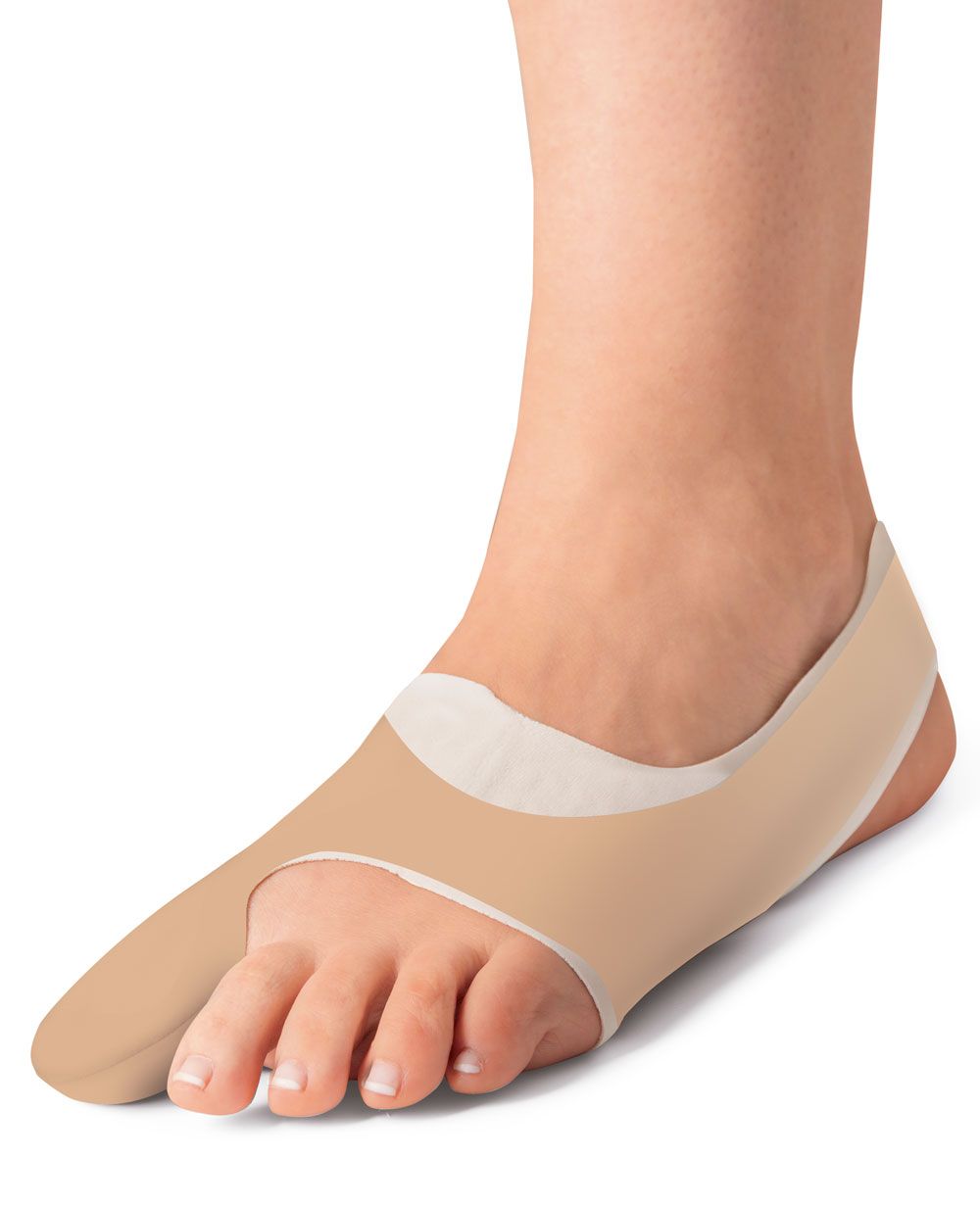
Surgery
While toe-correcting orthotic devices can be effective in treating mild to moderate cases of hallux valgus, they may not be enough to correct severe deformities. In such cases, surgery may be necessary to realign the bones in the foot and relieve pain.
Toe-correcting orthotic devices can be a helpful part of a comprehensive treatment plan for Hallux valgus. If you are considering using a toe-correcting device, be sure to discuss your options with one of our clinicians or book an appointment to have an assessment.

